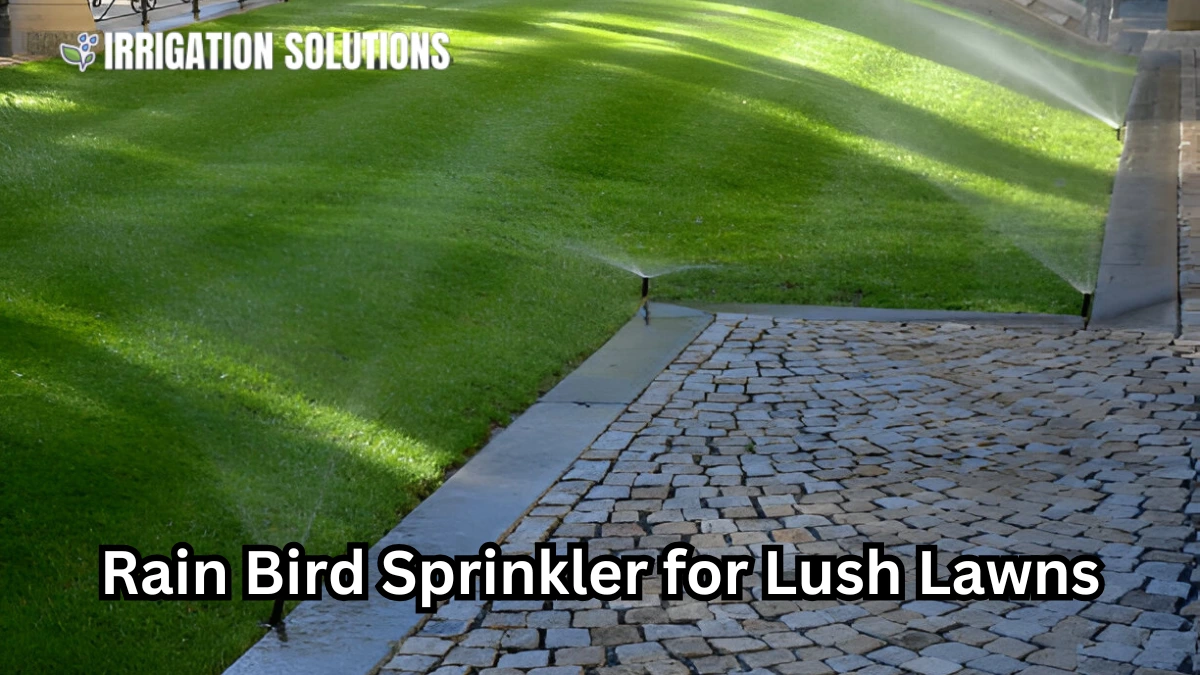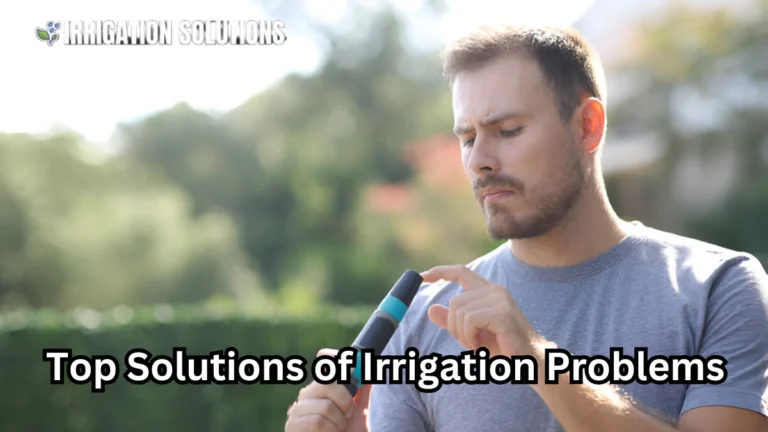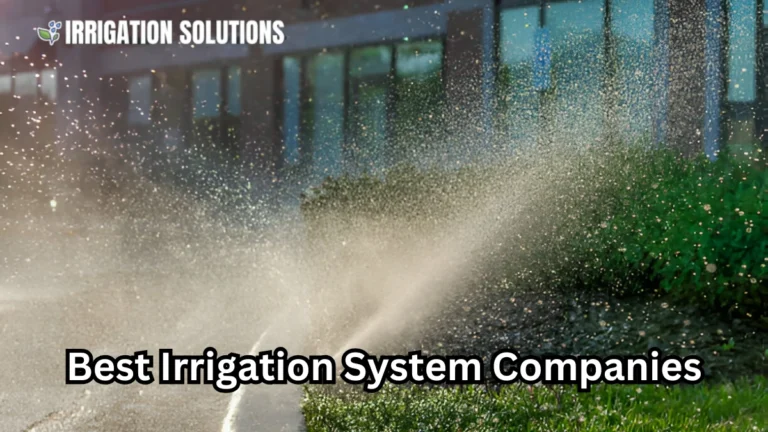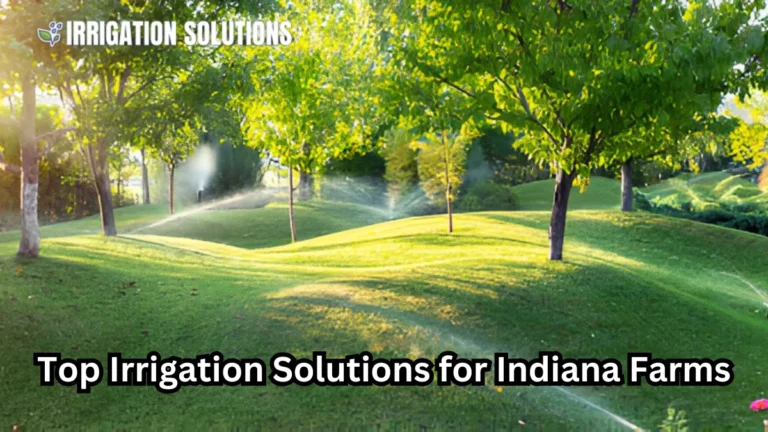Rain Bird Sprinkler for Lush Lawns

When it comes to lawn irrigation, a Rain Bird sprinkler system is one of the most efficient and reliable choices for homeowners and businesses. Known for its durability, water efficiency, and advanced technology, Rain Bird has been a leader in the irrigation industry for decades.
This guide covers everything you need to know about Rain Bird sprinklers, including types, installation, maintenance, troubleshooting, and benefits.
What Is a Rain Bird Sprinkler System?
A Rain Bird sprinkler system is an automatic irrigation system designed to deliver precise and even watering to lawns, gardens, and landscapes. These systems consist of:
- Sprinkler heads Distribute water in a controlled manner.
- Valves Regulate water flow.
- Controllers Allow you to set watering schedules.
- Pipes and tubing Transport water from the main supply.
Rain Bird’s smart irrigation technology ensures water conservation while keeping landscapes lush and green.
Types of Rain Bird Sprinkler Systems
Pop Up Sprinklers
These retractable sprinklers remain hidden until activated. They are ideal for lawns and gardens.
- Best for: Residential yards, golf courses, parks.
- Coverage: 10 to 50 feet depending on the model.
- Popular models: Rain Bird 1800 Series, Rain Bird 5000 Series.
Rotor Sprinklers
Designed for larger areas, rotor sprinklers distribute water in rotating streams, ensuring even coverage.
- Best for: Large lawns, sports fields, commercial landscapes.
- Coverage: 20 to 65 feet.
- Popular models: Rain Bird 5000 Plus, Rain Bird 8005.
Drip Irrigation Systems
A low-pressure system that delivers water directly to plant roots, reducing water waste.
- Best for: Gardens, flower beds, shrubs.
- Water Efficiency: Uses up to 50% less water than traditional sprinklers.
- Popular models: Rain Bird XFD Dripline, Rain Bird Landscape Drip.
Impact Sprinklers
Known for their powerful spray, impact sprinklers work well in windy areas and farms.
- Best for: Agricultural fields, large landscapes.
- Coverage: Up to 80 feet.
- Popular models: Rain Bird 25PJDAC, Rain Bird LG 3.
How to Install a Rain Bird Sprinkler System
Tools and Materials Needed
Before starting installation, gather the following:
✔️ Shovel or trenching tool
✔️ PVC or polyethylene piping
✔️ Sprinkler heads (based on your needs)
✔️ Valves and fittings
✔️ Rain Bird controller and timer
✔️ Pipe cutter
✔️ Teflon tape
Step by Step Installation Guide
1. Plan the Layout
- Sketch a watering zone map based on sunlight exposure and landscape needs.
- Identify the best sprinkler types for different areas.
2. Dig Trenches for Piping
- Dig trenches about 6-12 inches deep to lay pipes.
- Keep pipes at least 12 inches away from driveways or sidewalks.
3. Install Valves and Pipes
- Connect the main water supply to a Rain Bird control valve.
- Use PVC or polyethylene pipes for water distribution.
4. Attach Sprinkler Heads
- Place sprinkler heads at the designated locations.
- Adjust nozzles for proper coverage.
5. Set Up the Rain Bird Controller
- Choose a smart Rain Bird timer like ESP TM2 for automatic scheduling.
- Program watering days, duration, and time of day.
6. Test and Adjust the System
- Run a test cycle to check for leaks and misaligned sprinklers.
- Adjust the spray pattern for optimal coverage.
Benefits of Rain Bird Sprinkler Systems
✅ Water Efficiency Smart irrigation technology prevents overwatering.
✅ Convenience Automates lawn care, saving time and effort.
✅ Customizable Settings Set schedules based on weather and plant needs.
✅ Durability Built with high quality materials for long lasting performance.
✅ Environmentally Friendly Reduces water waste and promotes sustainable landscaping.
Common Problems and Troubleshooting Tips
| Problem | Cause | Solution |
| Sprinkler head not popping up | Low water pressure | Check the valve, clean the filter. |
| Uneven water distribution | Clogged nozzle | Clean or replace the nozzle. |
| System not turning on | Faulty controller | Reset or replace the controller. |
| Leaking sprinkler head | Broken seal or cracked pipe | Replace the damaged parts. |
Case Study: How a Homeowner Saved 30% on Water Bills with Rain Bird
John, a homeowner in Texas, struggled with high water bills due to an inefficient irrigation system. After switching to a Rain Bird ESP-TM2 controller and drip irrigation system, he noticed:
💰 30% reduction in water usage
🌱 Healthier lawn with fewer dry spots
📅 More flexibility in scheduling irrigation
John’s Tip: “The Rain Bird system paid for itself in just one season!”
Maintenance Tips for a Long Lasting Sprinkler System
🔹 Inspect sprinkler heads regularly for clogs or leaks.
🔹 Adjust watering schedules based on weather conditions.
🔹 Winterize the system by draining pipes before freezing temperatures.
🔹 Check for leaks in underground pipes to prevent water waste.
🔹 Clean or replace filters to maintain water flow efficiency.
Final Thoughts
A Rain Bird sprinkler system is a smart investment for homeowners and businesses looking for efficient, automated irrigation. With proper installation, regular maintenance, and smart scheduling, you can achieve a lush, green lawn while saving water and reducing costs.
If you’re considering upgrading your irrigation system, Rain Bird offers top tier technology, customizable options, and proven water efficiency.
Thinking of installing a Rain Bird system? Let us know in the comments how you plan to use it for your lawn! 🌿💦






